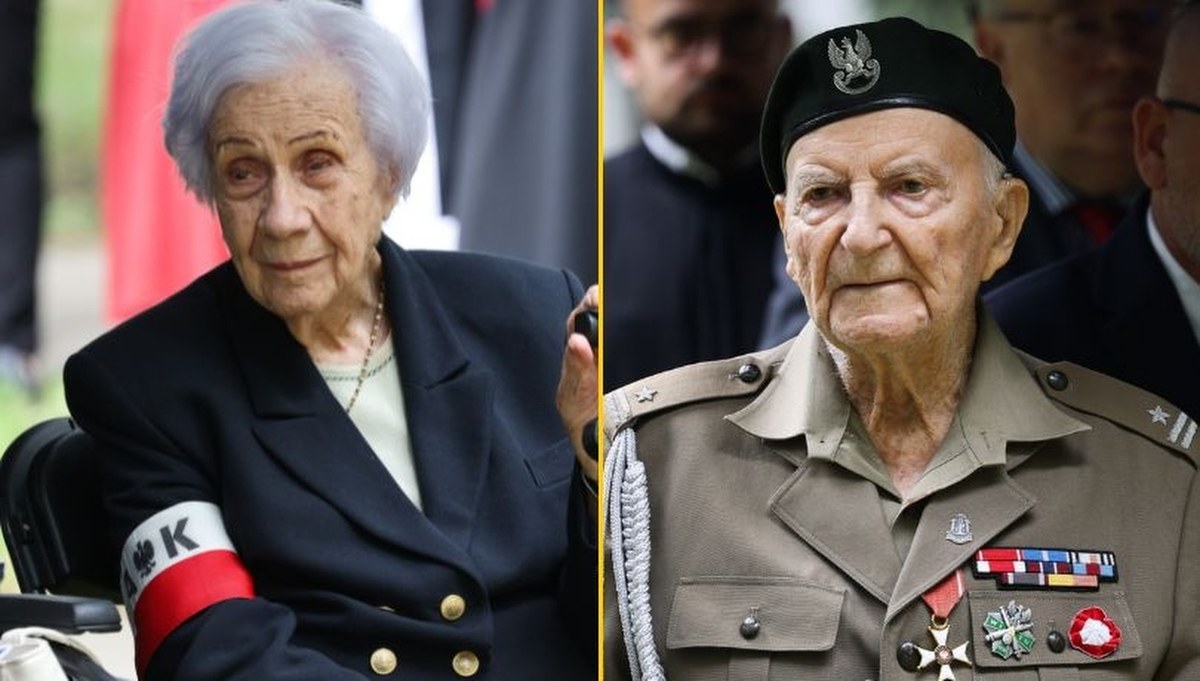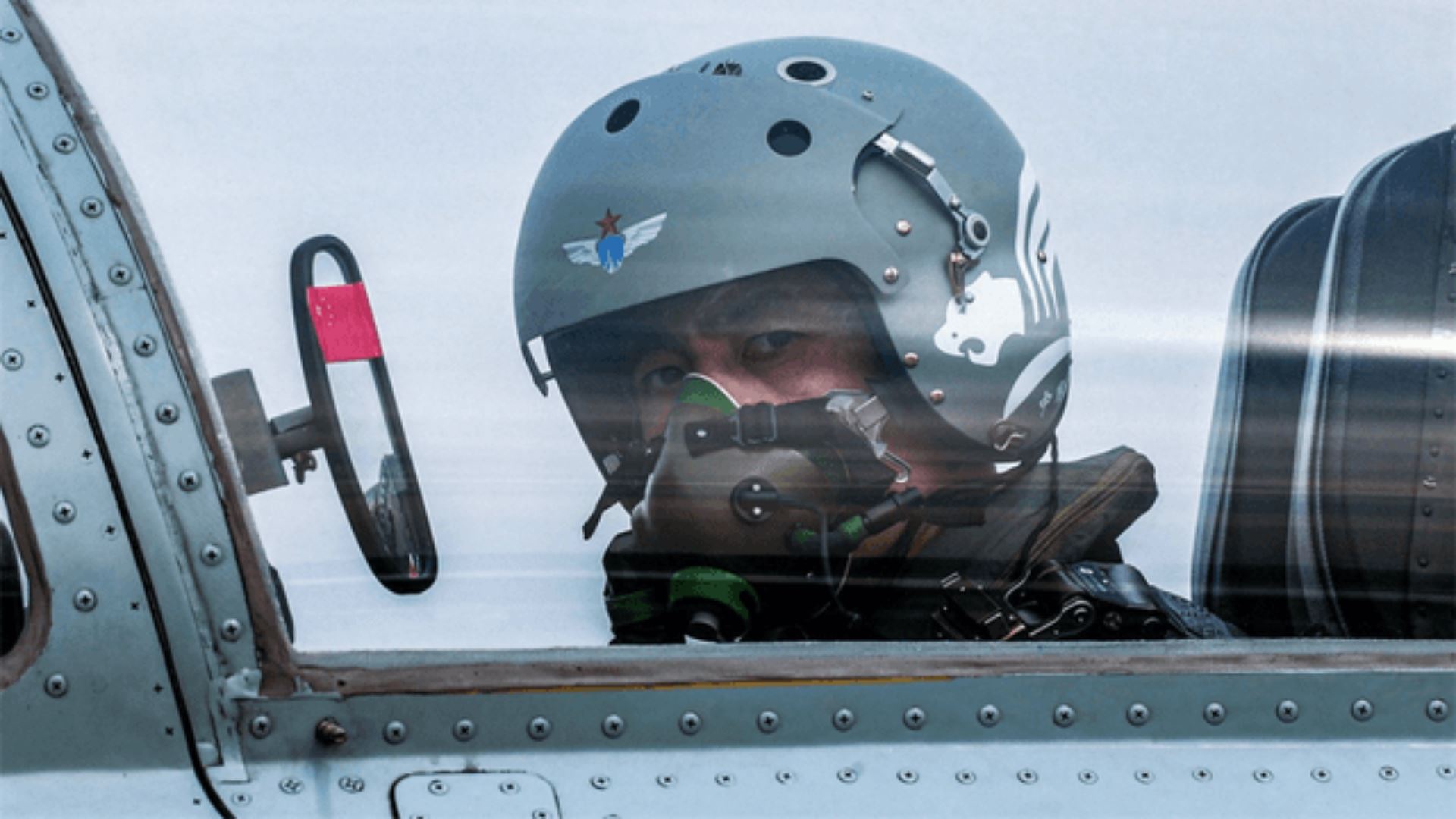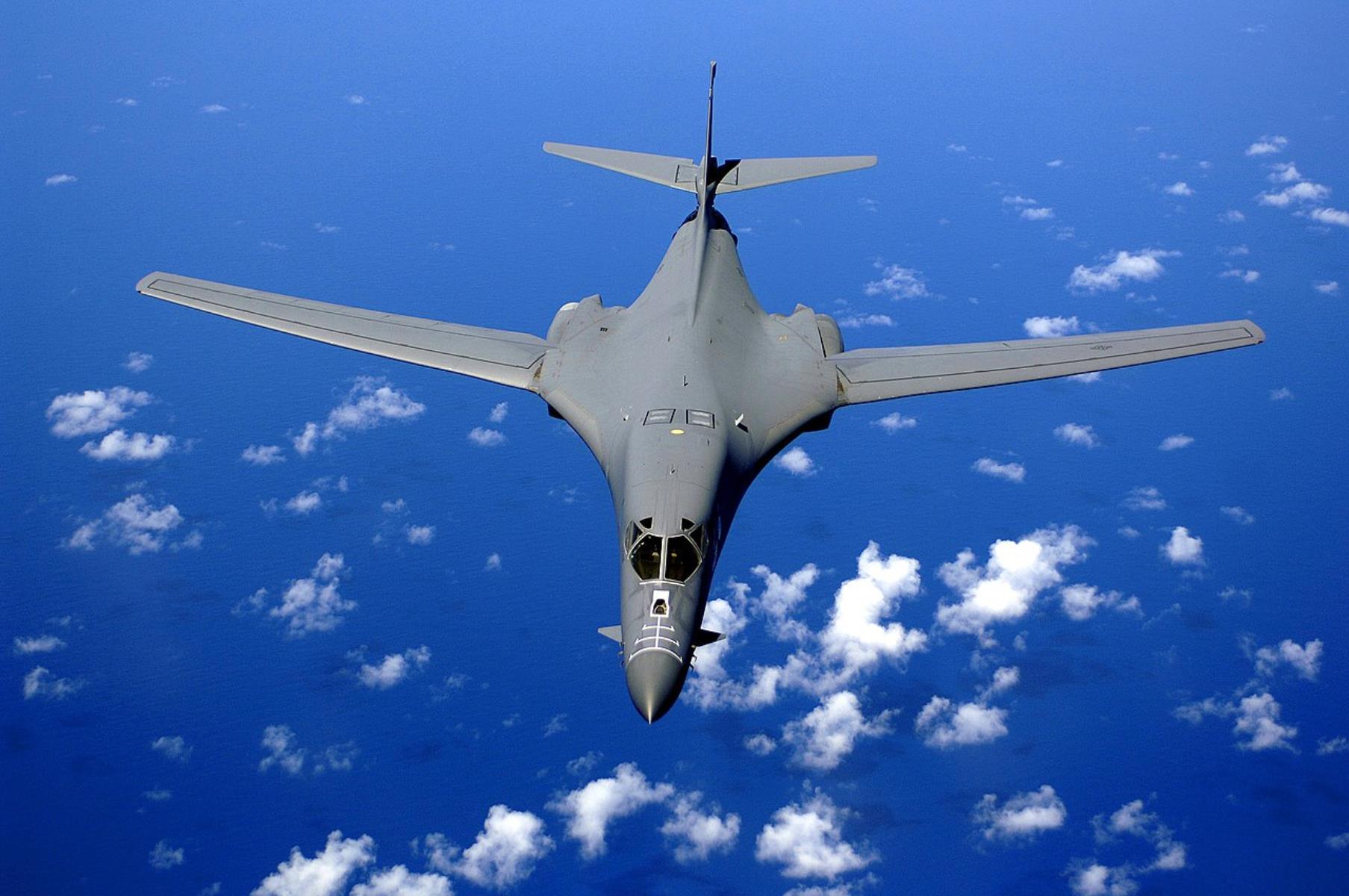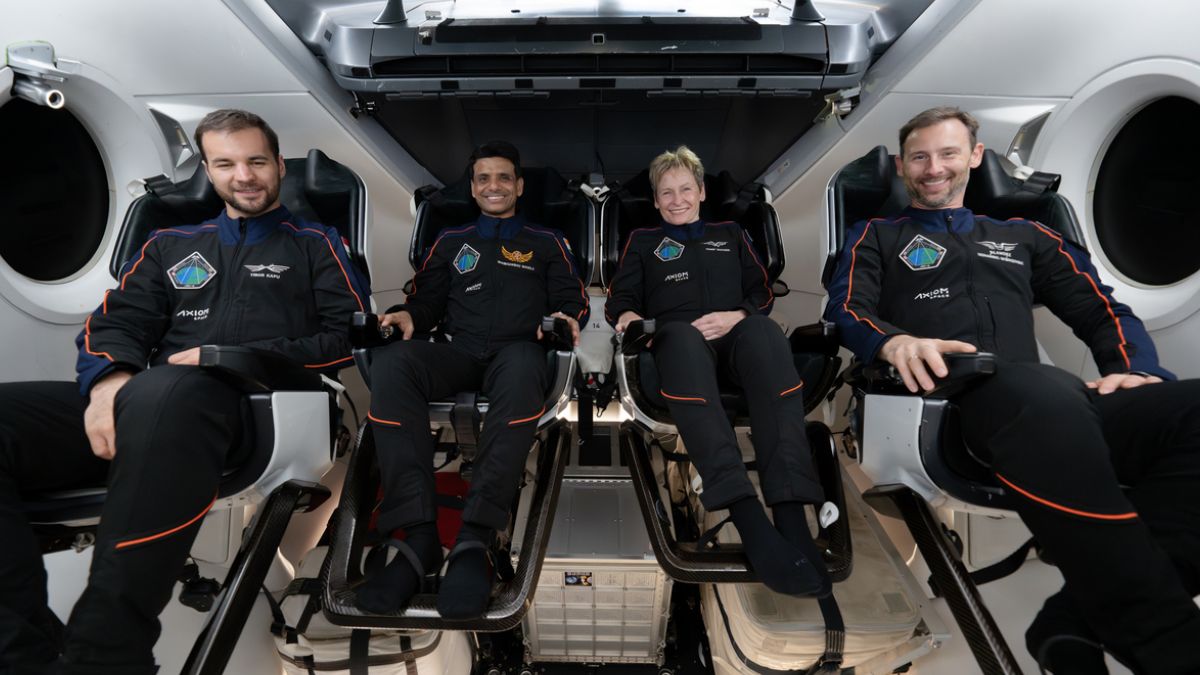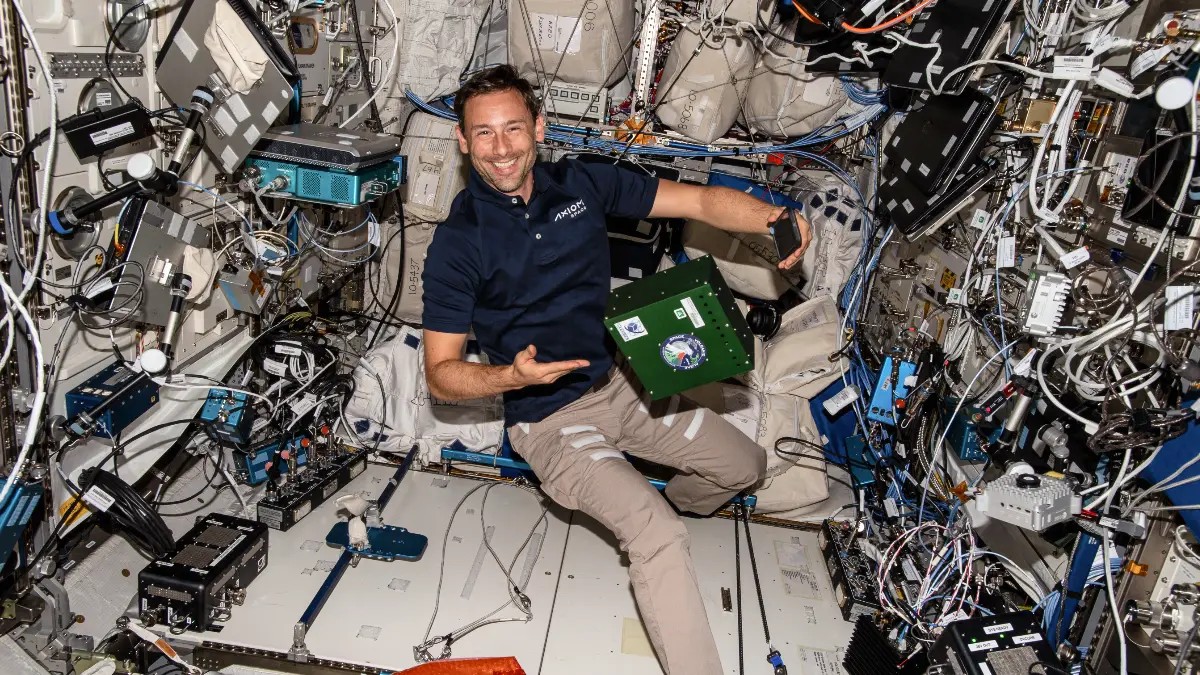What did Wrocław look like before the war? In the article we compared the places registered on prewar postcards with the city’s current business cards. What changed?
The photos in the article are from the collection "Spacer Wroclaw Streets" of the National Digital Archive. These 10 photographs were included in the series "Breslau und Umgebung", which was authored by German photographer of Danish origin Sophus Williams. The materials presented date back to 1878-1881 and show the most crucial places of Wrocław. any objects no longer exist.
RECLAMA
See the video The only McDonald\'s in Poland! In Wrocław, the place became a large attraction
Wrocław on prewar postcards - how did the city change?
Wrocław Opera
On the first postcard is the Municipal Theatre erected at Świdnicka Street in Wrocław from 1839 to 1841. After 2 fires, the building was renovated. From 1871 on the edges of the roof, it was possible to see muse sculptures made of artificial sandstone (now there are replicas).
Urban Theatre in Wrocław on a pre-war postcard. NAC photo
At the turn of the 19th/XXth century, the theatre was transformed into an opera. After 1945, undamaged busts of German musicians Beethoven, Goethe, Mozart and Schiller were removed from the roof and removed (for political reasons). After the war, the theatre building was expanded. It was not until 2006.
Wrocław Opera Night, 2017. Diego Delso/Wikimedia Commons
Liebich Hill
Currently, Liebich Hill is known as Partisan Hill. At this site were the remains of the erstwhile Bastion Sakwowy, which was part of the city's fortification. After the walls were demolished by the French occupiers in 1807, the construction of recreational areas, which was initially called the Sakva Hill, began. After the belvedere and tower were built, this name was changed to Leibich Hill.
Liebich Hill in Wrocław on prewar postcards. NAC photo
In 1945, Liebich's hill was first renamed "The Hill of Love", and in 1948 to the now functioning Partisan Hill.
Partisans Hill in Wrocław, 2024. Photo: Tomasz Pietrzyk / Wyborcza.pl Agency
Royal University of Wroclaw
Wrocław University is 1 of 18 state classical universities in Poland. It was formed in 1702 as Academia Leopoldina. In 1816, the university was named Royal University. As many as 11 later Nobel laureates were associated with the university at the time - including Theodor Mommsen, Philipp Lenard, Erwin Schrödinger, Otto Stern, Max Born and Hans Georg Dehmelt.
Royal University of Wrocław on pre-war postcards. photograph NAC
On 19 September 1945, the current University of Wrocław was established. The building of the present university itself was built in 1728 on the site of the previously demolished medieval hub castle. The money for the venture came from Emperor Leopold I and his successors.
University of Wrocław now. photograph by Wikimedia Commons/Jar.ciurus
Cathedral and Church of the Holy Cross
The first church in Ostrów Tumski was established after the conclusion of a long dispute between Bishop Wrocławski and Duke Henry Probus. As a sign of consent in 1287, they both decided to fund the construction of the cathedral. In 1288-1295, the chancel was created. From 1503 to 1538, Nicholas Copernicus belonged to the canon collection in this church. Importantly, from the 16th century to 1919 church services were held in Polish - and this was not practiced in besides many Wrocław churches.
Cathedral and Church of the Holy Cross in Wrocław on prewar postcards. NAC photo
The church was repeatedly robbed and destroyed. He served as a shelter for the population, warehouse, and even stables. After planet War II, the interior of the church was rehabilitated - the temple was to be free from the Baroque Nazis.
Collegiate of the Holy Cross and St Bartholomew in Wrocław, 2017. Diego Delso/Wikimedia Commons
Silesian General Land Building
The building of the Silesian General Land presently does not exist. It was destroyed during planet War II and was completely stripped in 1950. Now there is simply a tiny square (this is precisely the intersection of Piotr Skarga and Teatralna Streets.
Building of the General Land of Silesia in Wrocław on prewar postcards. NAC photo
Bank
The erstwhile German bank was located at 10 Freedom Square in Wrocław. presently you can see there AC Hotel by Marriott Wrocław.
Bank in Wrocław on a pre-war postcard. NAC photo
This is what this place looks like today:
Hotel Marriott in Wrocław. Photo: Tomasz Pietrzyk / Agency Wyborcza.pl
Royal Palace in Wroclaw
The full palace complex functioned here from the 18th to 20th centuries and was the Wrocław residence of the Prussian kings of the Hohenzoller dynasty. The first part of the complex was erected in 1710. During planet War II, the palace was badly destroyed.
The royal palace in Wrocław on a pre-war postcard. NAC photo
However, the palace itself managed to rebuild - it was during the celebration of the Millennium of the Polish State. The reconstruction was possible from contributions to the Social Fund for Capital and Country Reconstruction. Wrocław City Museum is presently located there.
Palace after renovation, 2009. Andrzej Gondek/Wikimedia Commons
Architect John the Baptist (Breslauer House)
After planet War II, the Red Army destroyed 70 percent of the cathedral. any suitable equipment was looted and exported to the USSR. The first reconstruction of the archcadera continued until 1951. At that time, the primate of Poland Stefan Wyszyński re-sacrificed the temple.
The cathedral after completion of renovation work in the 1970s on pre-war postcards. NAC photo
Today, the cathedral, after many reconstructions, looks like this:
Archikatedra in Wrocław from the western side. photograph of Wikimedia Commons
John Paul II Square
Prior to the outbreak of planet War II, this place was called Königsplatz. It is now popular among residents of the intersection of 1 May and John Paul II Square.
Königsplatz in Wrocław on a pre-war postcard. NAC photo
Currently, the square is as follows:
John Paul II Square in Wrocław. photograph of Wikimedia Commons
Blücher-Platz, now Solny Square
Solny Square served as an auxiliary marketplace for the Old Town. It has a regular square shape, which was designated as early as 1242. It was most likely formed after the Mongol attack. The name Blücher-Platz, on the another hand, refers to the monument of Field Marshal Blücher, whose statue was dressed in a Roman toga.
General Blucher's square on a prewar postcard. NAC photo
In the fall of 1944, the statue was taken off a pedestal and was buried in the Botanical Garden in Wrocław. After the war, the statue was excavated and melted in 1949. Now there's small Iglica.
Solny Square in Wrocław. photograph of Wikimedia Commons

